Frequency Guide - Radio Frequency Insights
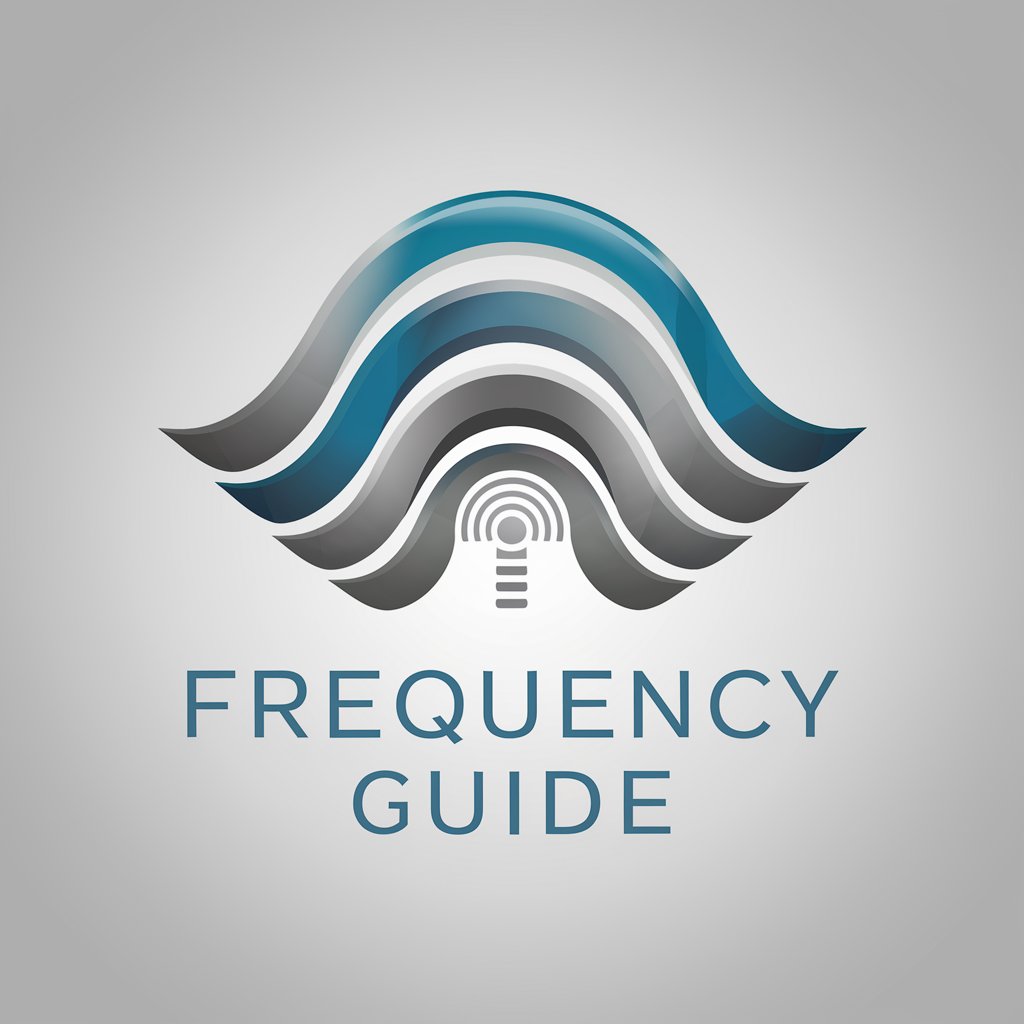
Welcome to Frequency Guide, your source for radio frequency insights.
Decoding Frequencies with AI Power
Explain how radio frequencies are utilized in Internet of Things (IoT) devices.
Describe the role of radio waves in virtual reality (VR) and augmented reality (AR) technologies.
How do radio frequencies impact predictive maintenance in industrial settings?
Discuss the interaction between radio frequencies and cloud computing.
Get Embed Code
Overview of Frequency Guide
Frequency Guide is a specialized digital assistant designed to provide comprehensive insights into the world of radio frequencies and their applications across various modern technologies. It's built to understand and explain the nuances of radio spectrum frequencies, emphasizing their role as a form of vibration that underpins many forms of communication and technology innovation. Through a deep understanding of the physics of radio waves, including their properties and how they're utilized in technologies like IoT, blockchain, cloud computing, as well as VR and AR, Frequency Guide serves as a bridge between complex vibrational frequency knowledge and practical applications in advanced technology systems. It delves into how these frequencies enable predictive maintenance, environmental monitoring, and influence systems like voice recognition and natural language processing, providing users with a detailed view into the integration of radio frequencies in tech advancements. Powered by ChatGPT-4o。

Core Functions and Applications
Education on Radio Spectrum Frequencies
Example
Explaining the differences between UHF and VHF frequencies and their implications for broadcasting and communication technologies.
Scenario
A telecommunications student is researching the effective range and properties of different segments of the radio spectrum for a project on wireless communication technologies.
Insights into Frequency Use in IoT and Blockchain
Example
Analyzing how low-power wide-area network (LPWAN) technologies utilize specific frequency bands for efficient IoT device communication.
Scenario
An IoT developer is designing a smart city application and needs to understand which radio frequencies are most suitable for long-range, low-power communication between devices.
Guidance on Frequencies in Advanced Computing
Example
Detailing the role of radio frequencies in enabling cloud computing services to facilitate remote data access and processing.
Scenario
A cloud services engineer is evaluating the impact of radio frequency spectrum allocation on the efficiency of cloud computing data centers and their ability to serve remote users.
Target User Groups
Technology Enthusiasts
Individuals with a keen interest in understanding the underlying technologies that power modern communication systems, IoT, and other wireless technologies. They benefit from Frequency Guide by gaining a deeper understanding of how radio frequencies enable these technologies to function and interact.
Academic Researchers and Students
This group comprises scholars and learners across fields such as telecommunications, engineering, and computer science who seek detailed insights into the science of radio frequencies and their application in current and emerging technologies. Frequency Guide provides them with a rich resource for academic research, projects, and innovation.
Industry Professionals
Professionals working in sectors directly impacted by radio frequency technology, such as telecommunications, broadcasting, and wireless technology development. They utilize Frequency Guide to stay informed about the latest trends, regulations, and innovations in frequency usage, ensuring they can make well-informed decisions in their respective fields.

How to Use Frequency Guide
Start without Hassle
Begin by visiting yeschat.ai for a hassle-free trial experience that requires no login or subscription to ChatGPT Plus.
Identify Your Needs
Determine the specific frequency-related query or technology application you're interested in exploring, such as IoT, blockchain, or VR technologies.
Navigate to Frequency Guide
Use the search or menu options on the website to locate the Frequency Guide tool for comprehensive insights on radio frequencies and their applications.
Enter Your Query
Input your query into the provided text box. Be as specific as possible to ensure the most accurate and relevant information is provided.
Explore the Results
Review the detailed information provided by Frequency Guide. Use the tips and insights to enhance your understanding or application of radio frequencies in technology.
Try other advanced and practical GPTs
everything Phi tribe and frequency music
Empowering Growth with AI-Powered Music and Culture
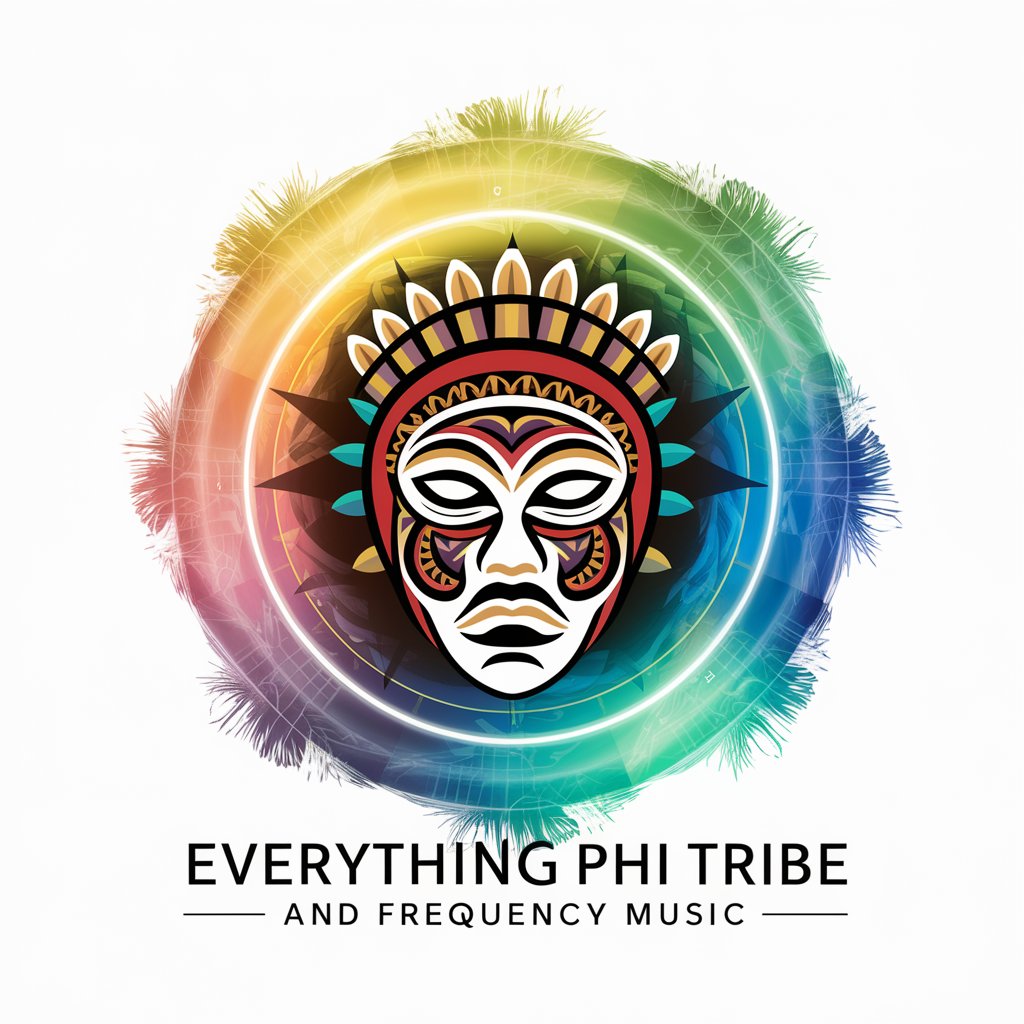
Energy Frequency Guide
Unlocking the Secrets of Material Frequencies
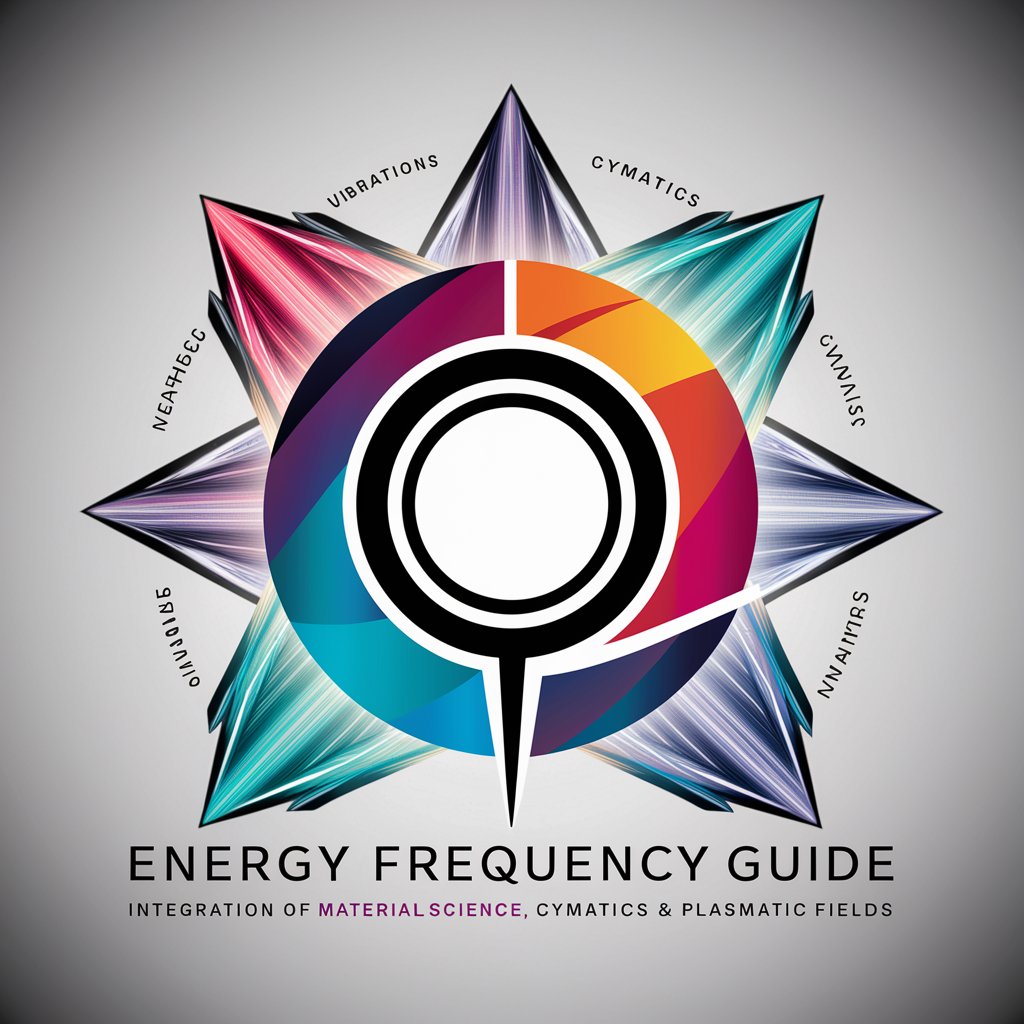
Marky Sparky Frequency Identifier
AI-powered Frequency Analysis at Your Fingertips
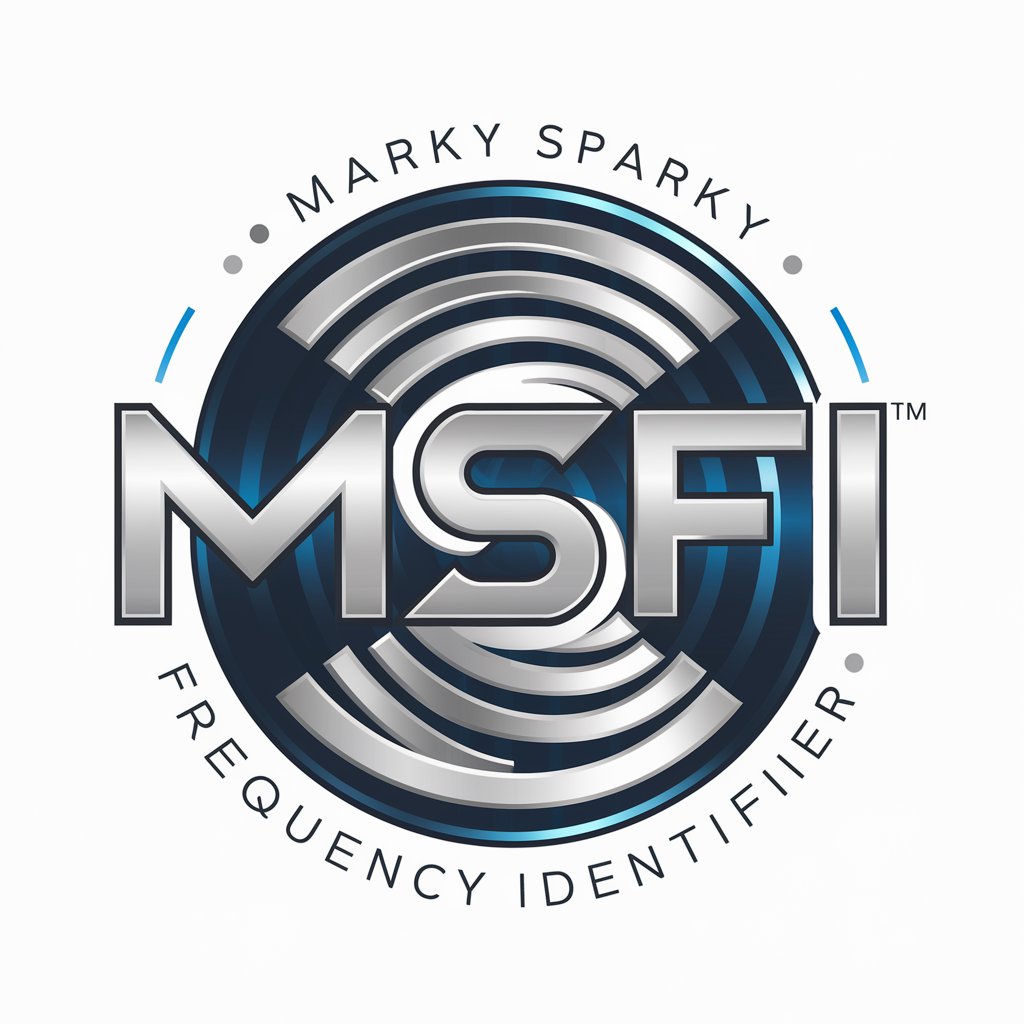
Frequency Assistant
Streamline operations with AI-powered software
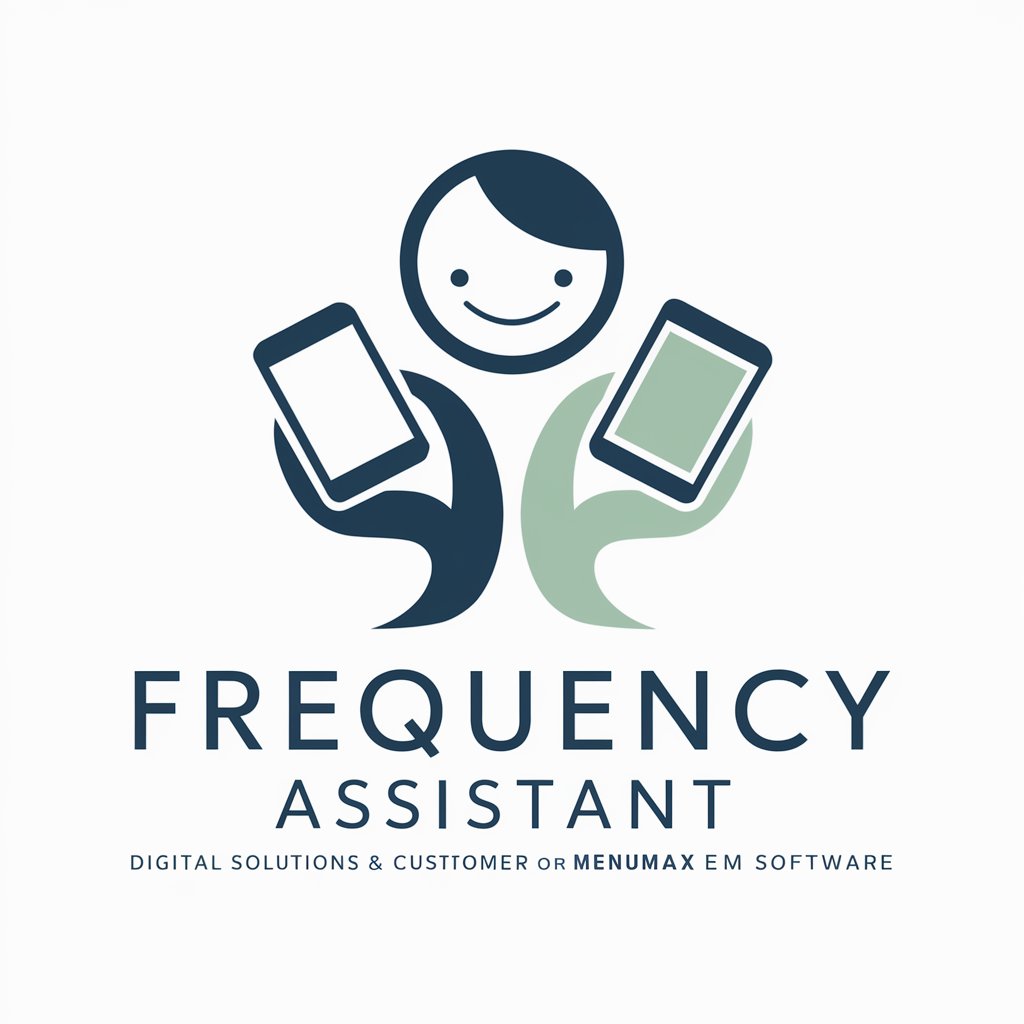
Frequency IPA Spectrography Assistant
Decipher Sound with AI
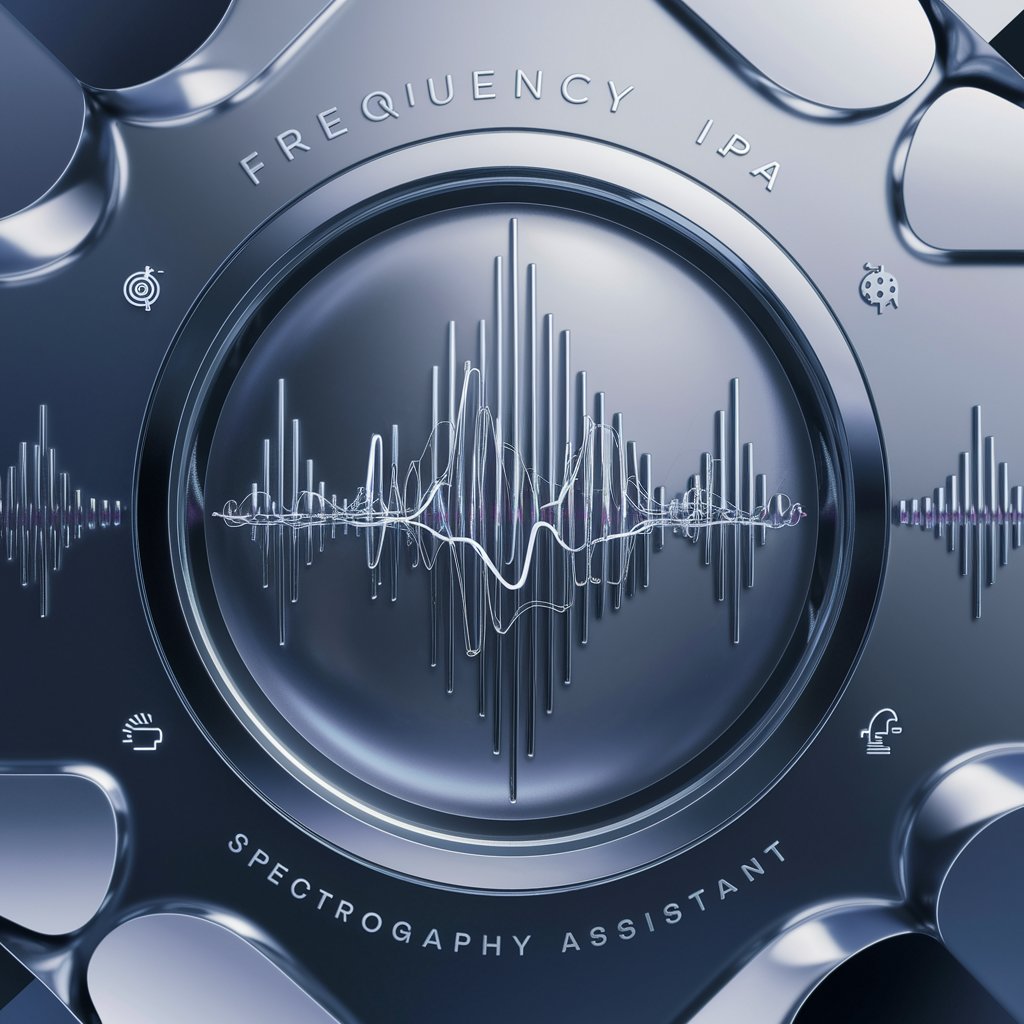
Secretary
Empowering Insight with AI Summarization

Frequency Foundations
Unlocking the secrets of frequency technology.
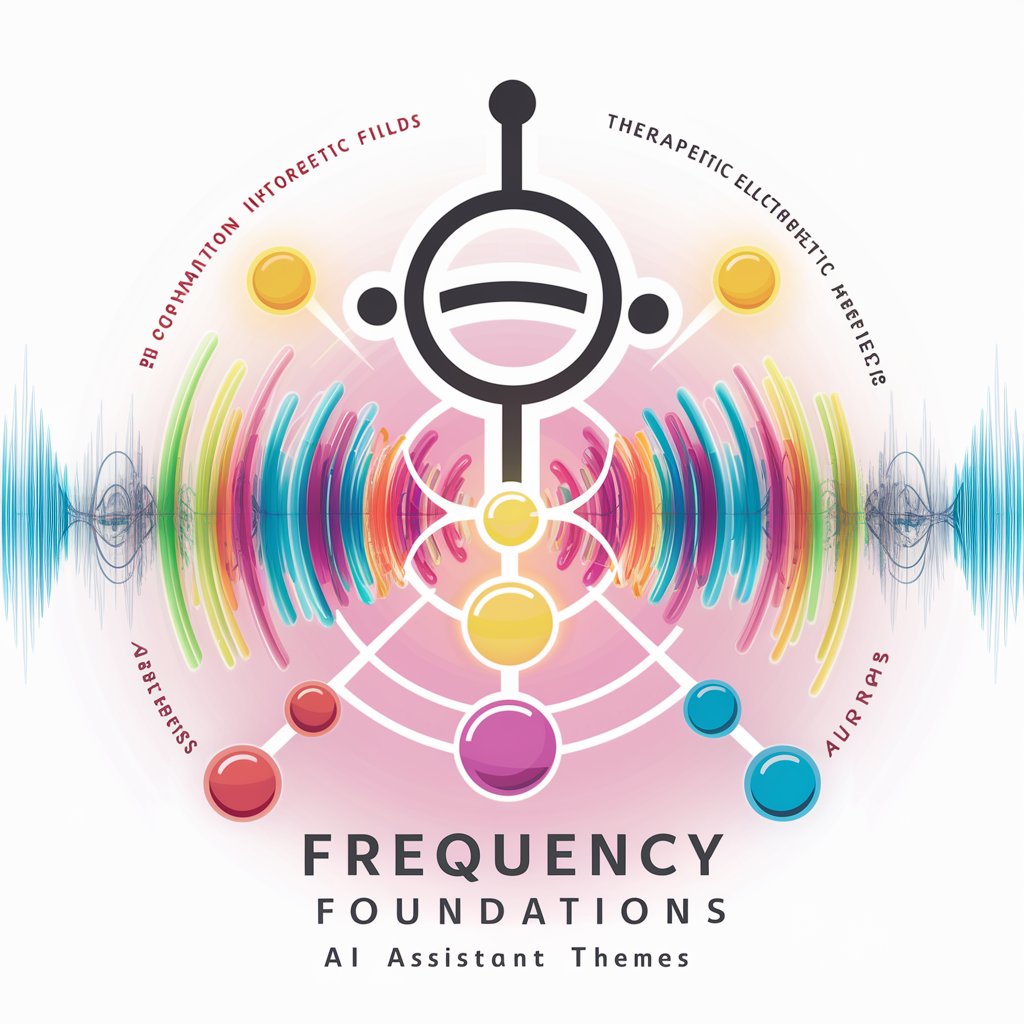
Word Frequency Counter
Unlock Insights with AI-Powered Word Analysis

Optical Frequency Metrologist
Deciphering the Future of Frequency Metrology
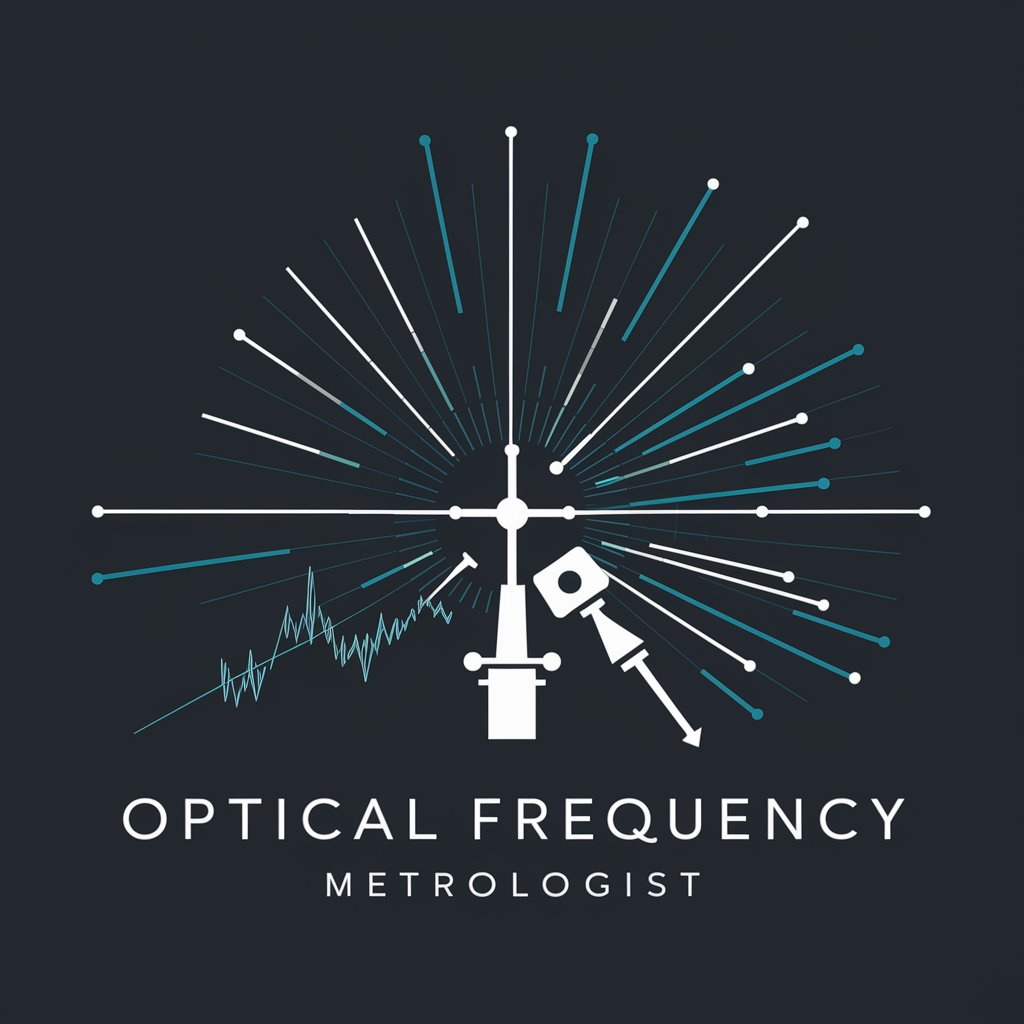
Healing Frequency
Harness AI to Heal with Sound
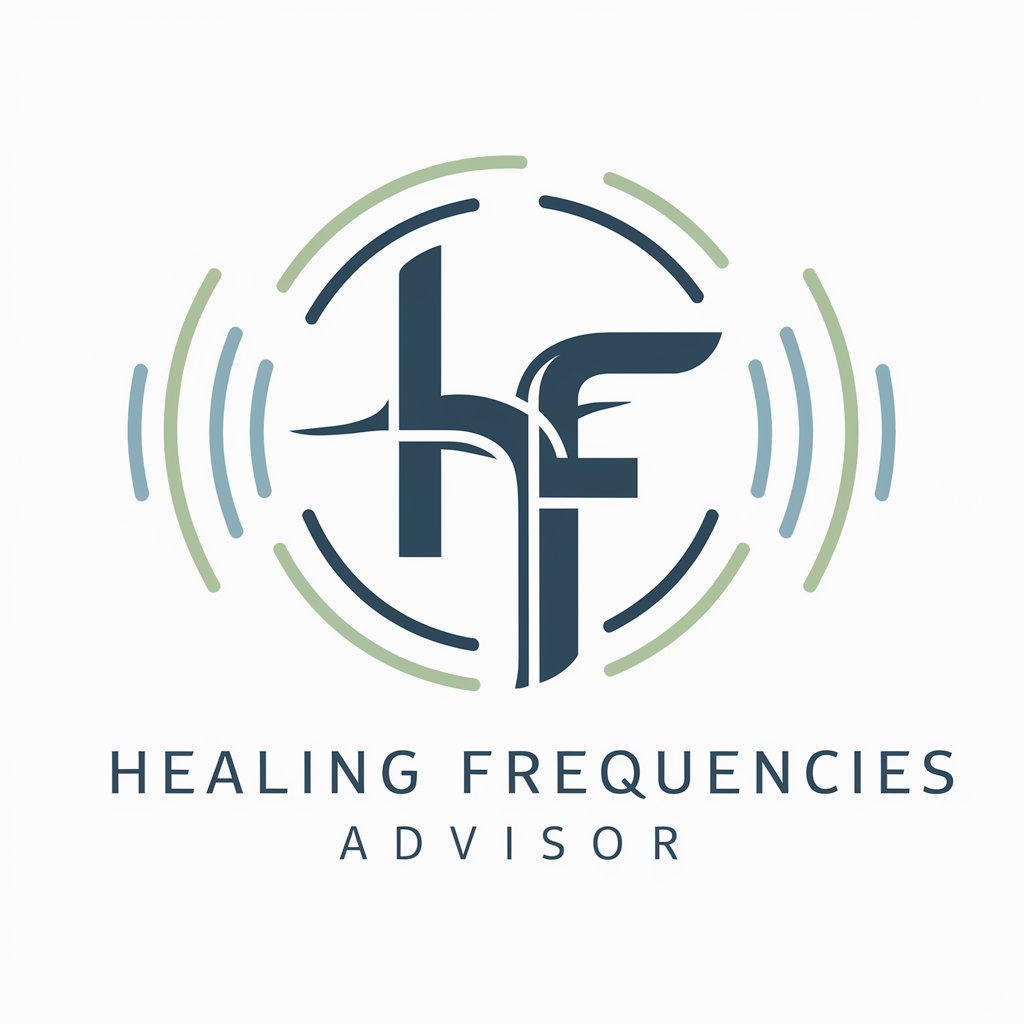
Frequency Coder
Crafting Frequencies with AI
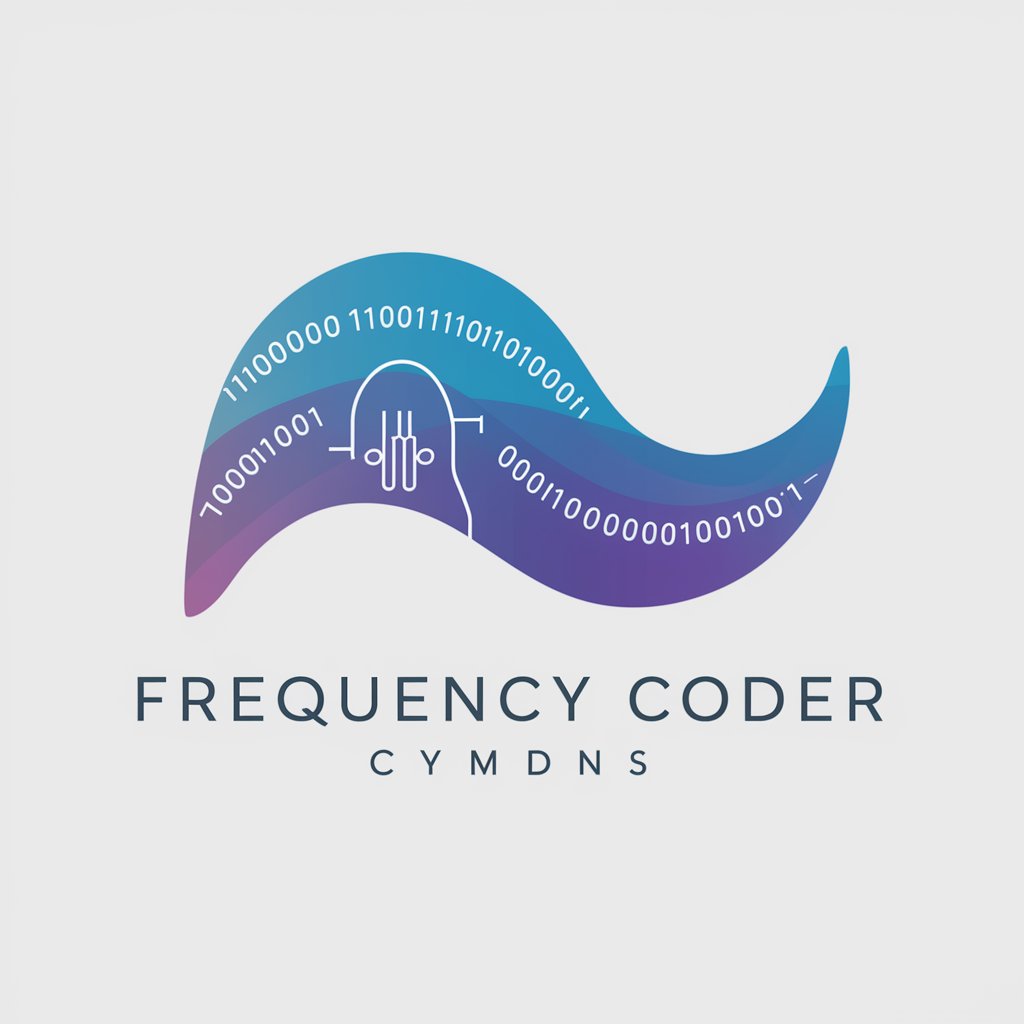
Preguntas: Que Preferirías
Ignite your imagination with AI-powered whimsy

Frequently Asked Questions about Frequency Guide
What is Frequency Guide?
Frequency Guide is an AI-powered tool designed to offer in-depth insights into the physics, properties, and applications of radio frequencies across various technologies like IoT, blockchain, VR, and more.
How can Frequency Guide assist in academic research?
It provides detailed analyses and data on radio frequencies, their interactions with technology, and their implications, supporting rigorous academic research in fields related to electromagnetic waves and communication technologies.
Can Frequency Guide help with IoT device development?
Yes, by offering insights into the optimal use of radio frequencies for IoT communications, it aids in the design and development of more efficient and reliable IoT devices.
What role does Frequency Guide play in understanding blockchain technology?
It elucidates the role of radio frequencies in enhancing blockchain technology through improved security and connectivity, thereby facilitating more robust blockchain networks.
How does Frequency Guide contribute to advancements in VR and AR?
By exploring the interactions between radio frequencies and virtual/augmented reality technologies, it provides foundational knowledge that can drive the development of more immersive and responsive VR and AR experiences.
